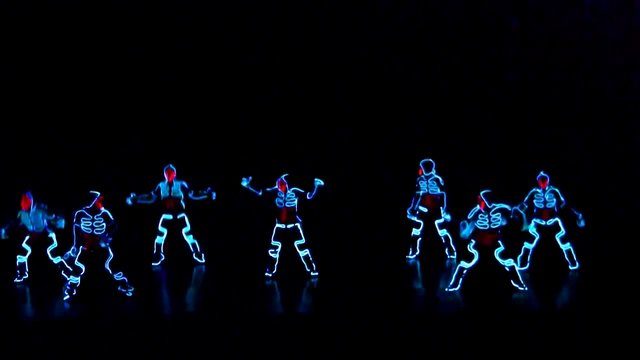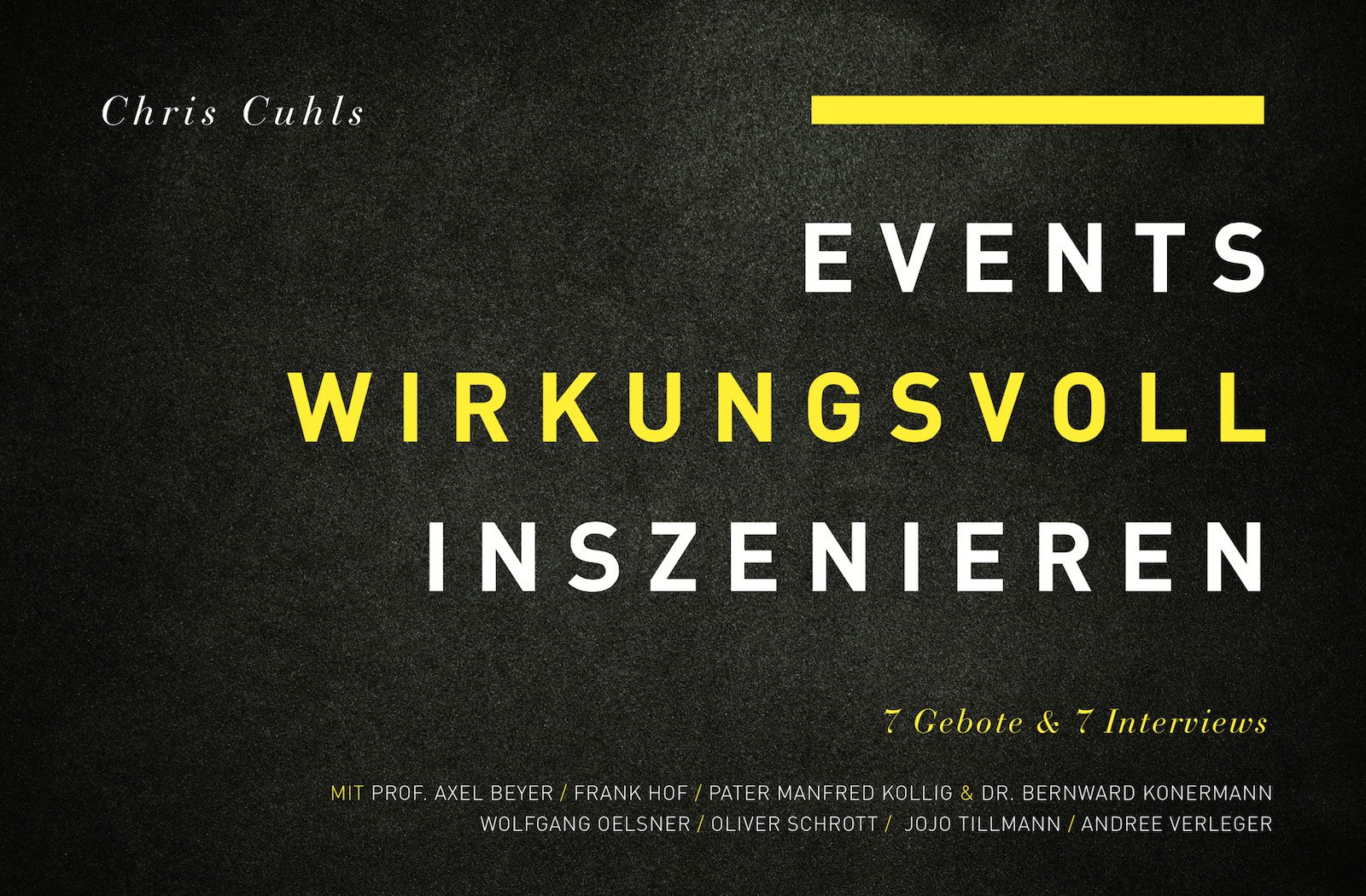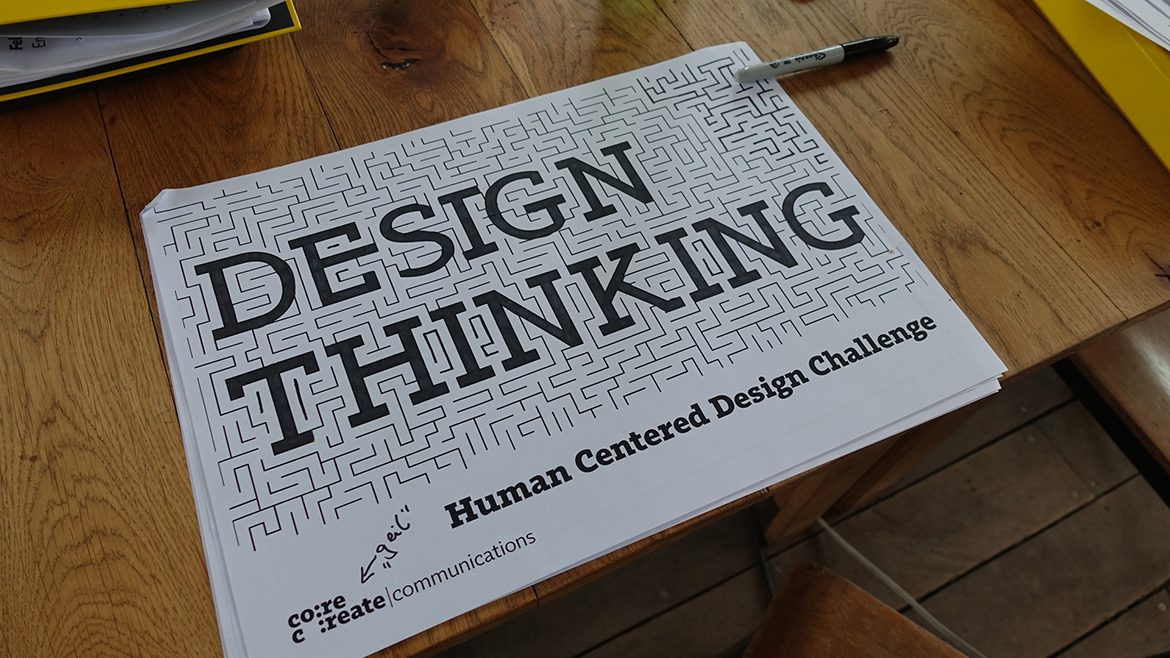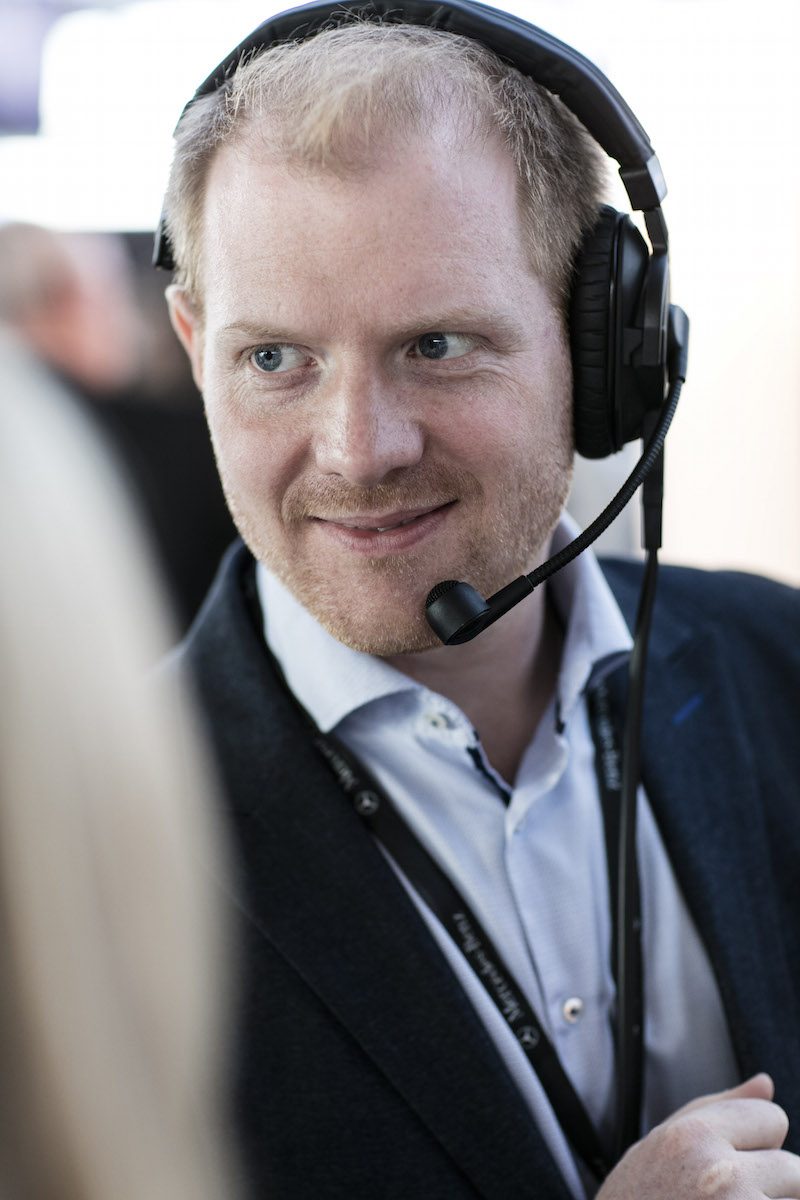Storytelling #1 // Andrew Stanton über Prinzipien für die Kreation
Kategorie: Allgemein, Events, Inspiration, Storytelling
22. Februar 2013

Heute möchte ich den Auftakt für eine längere Serie zum Thema Storytelling machen. Das Thema beschäftigt mich die letzten Monate immer intensiver. Denn: Alle großen Geschichten berühren etwas in uns, lassen uns träumen, hoffen, Schmerz oder Freude erleben und Visionen entwickeln — sprich: sie helfen uns, uns zu identifizieren. Hinter diesen Geschichten gibt es aber auch ganz klare Strukturen, die man gezielt einsetzen kann um Emotionen und Inhalte zu transportieren. Storytelling bedeutet im Eventkontext nichts anderes, als sich die Macht von Geschichten für die Kreation von starken Momenten zunutze zu machen.
Prinzipien des Storytelling für die Kreation von Momenten in der Live-Kommunikation
Als Einstieg habe ich den TED Talk des Oscar-prämierten Filmemachers Andrew Stanton (“Toy Story,” “WALL‑E”) gewählt. In seinem Beitrag teilt er sein Wissen über die Prinzipien von ‘Storytelling’ mit und was es braucht, um Geschichten fesselnd genug aufzubauen, damit man sein Publikum in den Bann ziehen kann. Der Ausspruch ‘content is king’ war schon einer der Merksätze meines Studiums. Diese ‑leider nur auf Englisch- transkribierten Zitate bergen Sprengkraft auch für die Eventkonzeption in sich. Man kann mit den besten Talenten die größte Bühnen bespielen, aber wenn die Basis, die Geschichte, langweilig ist, wird niemand interessiert dran bleiben. Hier die 23 Thesen [via The Digital Naturalist]:
1. STORYTELLING IS JOKE TELLING. It’s knowing your punchline, your ending, knowing that everything you’re saying, from the first sentence to the last, is leading to a singular goal, and ideally confirming some truth that deepens our understandings of who we are as human beings.
2. WE ALL LOVE STORIES. We’re born for them.
3. STORIES AFFIRM WHO WE ARE. We all want affirmations that our lives have meaning. And nothing does a greater affirmation than when we connect through stories.
4. STORIES CAN CROSS THE BARRIERS OF TIME, past, present and future, and allow us to experience the simularities between ourselves and through others, real and imagined.
5. “FRANKLY, THERE ISN’T ANYONE YOU COULDN’T LEARN TO LOVE ONCE YOU’VE HEARD THEIR STORY.” ‑a quote Mr. Rogers always kept in his wallet
6. GREATEST STORY COMMANDMENT: MAKE ME CARE. Emotionally, intellectually, aesthetically – just make me care.
7. AT THE BEGINNING, ALL GOOD STORIES SHOULD MAKE A PROMISE TO THE VIEWER THAT THIS STORY WLL LEAD SOMEWHERE THAT’S WORTH THEIR TIME. A well told promise is like a pebble being pulled back in a slingshot and propels you forward through the story to the end.
8. START A STORY LIKE YOU’RE TELLING IT TO SOMEONE AT A BAR: “Here, let me tell you a story. It didn’t happen to me, it happened to somebody else, but it’s going to be worth your time…”
9. STORYTELLING WITHOUT DIALOGUE IS THE PUREST FORM OF CINEMATIC STORYTELLING. It’s the most inclusive approach you can take.
10. WE’RE BORN PROBLEM SOLVERS. We’re compelled to deduce and to deduct, because that’s what we do in real life. It’s this well-organized absence of information that draws us in.
11. THE AUDIENCE ACTUALLY WANTS TO WORK FOR THEIR MEAL. They just don’t want to know that they’re doing that. Your job as a storyteller is to hide the fact that you’re making them work for their meal.
12. THERE’S A REASON THAT WE’RE ALL ATTRACTED TO AN INFANT OR A PUPPY. It’s not just that they’re damn cute; it’s because they can’t completely express what they’re thinking and what their intentions are. And it’s like a magnet. We can’t stop ourselves from wanting to complete the sentence and fill it in.
13. THE UNIFYING THEORY OF TWO PLUS TWO. Make the audience put things together. Don’t give them four, give them two plus two. The elements you provide and the order you place them in is crucial to whether you succeed or fail at engaging the audience.
14. STORYTELLING IS NOT AN EXACT SCIENCE. That’s what’s so special about stories, they’re not a widget, they aren’t exact.
15. STORIES ARE INEVITABLE, IF THEY’RE GOOD. But they’re not predictable.
16. ALL WELL-DRAWN CHARACTERS HAVE A SPINE. The character has an inner motor, a dominant, unconscious goal that they’re striving for, an itch that they can’t scratch.
17. CHANGE IS FUNDAMENTAL IN STORY. If things go static, stories die, because life is never static.
18. “DRAMA IS ANTICIPATION MINGLED WITH UNCERTAINTY.” ‑William Archer, British playwright
19. WHEN YOU’RE TELLING A STORY, HAVE YOU CONSTRUCTED ANTICIPATION? In the short-term, have you made me want to know what will happen next? More importantly, have you made me want to know how it will all conclude in the long-term? Have you constructed honest conflicts with truth that creates doubt in what the outcome might be?
20. A STRONG THEME IS ALWAYS RUNNING THROUGH A WELL-TOLD STORY.
21. WHEN CREATING A NARRATIVE, USE WHAT YOU KNOW. Draw from your past. It doesn’t always mean plot or fact. It means capturing a truth from your experience, expressing values you personally feel deep down in your core.
22. STORYTELLING HAS GUIDELINES, not hard, fast rules.
23. INVOKING WONDER IS THE MAGIC INGREDIENT, THE SECRET SAUCE. Wonder is honest, it’s completely innocent. It can’t be artificially evoked. When it’s tapped, the affirmation of being alive, it reaches you almost to a cellular level. There’s no greater ability than the gift of another human being giving you that feeling– to hold them still just for a brief moment in their day and have them surrender to wonder.
Ebenso interessant sind 22 Regeln der Animationsschmiede Pixar:
Welche Prinzipien würdest du noch hinzufügen? Ich freue mich über Kommentare & Anmerkungen unterhalb!
Weiter in der Storytelling-Reihe geht es mit: #2 Heldenreise, #3 Transformation und #4 transmedialen Storytelling.
Quelle Storytelling Video: TED talk // Storytelling Slide: Pixar’s 22 Rules to Phenomenal Storytelling von powerfulpoint





